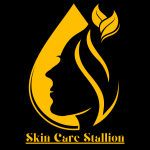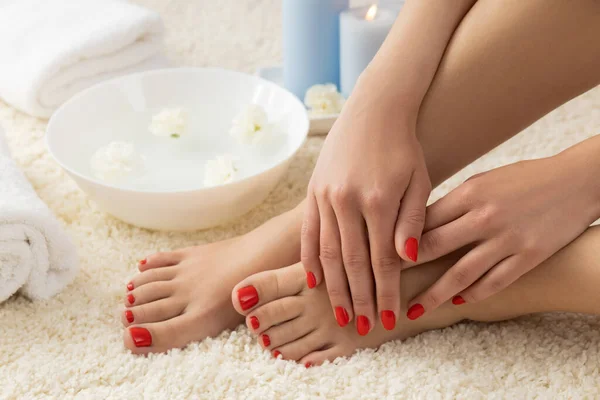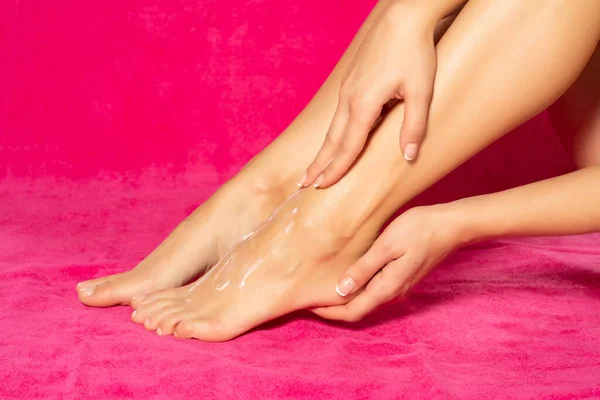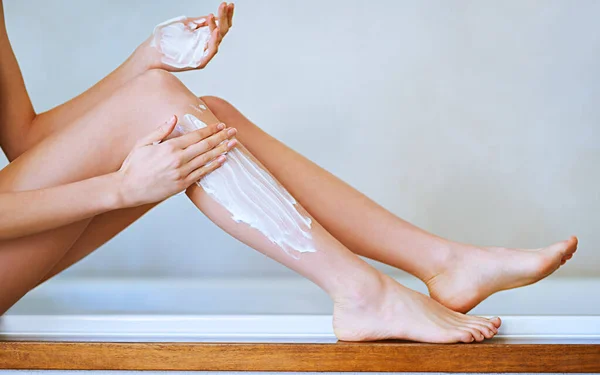Transforming sun kissed skin Learn the effective steps on how to remove tan from hands and legs. Tanned skin can evoke memories of sun kissed adventures, but sometimes those golden glows linger longer than desired, leaving our hands and legs feeling a bit too bronzed for comfort.
Whether it’s the aftermath of a beach day or just a bit too much time spent under the sun’s rays, the quest to restore your skin’s natural tone begins here. Say goodbye to the uneven tan lines and hello to radiant, evenly toned skin as we delve into the art of banishing tans from hands and legs.
With a blend of science, nature, and a touch of DIY magic, we’re about to embark on a journey towards silky smooth, sun kissed perfection. So, roll up your sleeves and prepare to bid adieu to those pesky tan lines because flawless skin is just a few steps away!
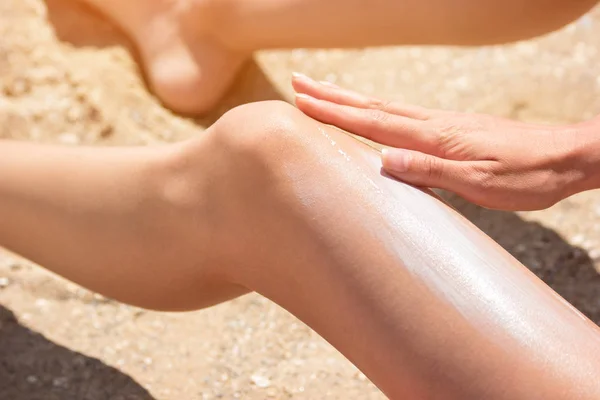
How To Remove Tan From Hands And Legs
Removing tan from hands and legs can be achieved through various natural remedies and skincare routines. By using ingredients like lemon juice, yogurt, turmeric, and exfoliating scrubs, you can effectively lighten and remove tan from these areas. Consistent application and proper skincare practices are key to achieving desired results.
Natural Remedies for Tan Removal
Removing tan from hands and legs naturally can be accomplished with ingredients commonly found in your kitchen. Lemon juice, known for its bleaching properties, can be mixed with honey or yogurt to create a potent tan removal paste. Apply this mixture to the affected areas and leave it on for about 15-20 minutes before rinsing off with lukewarm water. Repeat this process regularly for visible results.
Exfoliation for Tan Removal
Regular exfoliation helps in removing dead skin cells, which contribute to the appearance of tan on your hands and legs. Opt for gentle exfoliating scrubs containing ingredients like sugar, coffee grounds, or oatmeal. Massage the scrub onto damp skin in circular motions, focusing on the tanned areas. This not only removes tan but also improves blood circulation, leaving your skin radiant and rejuvenated.
Hydration and Moisturization
Proper hydration and moisturization are crucial in maintaining healthy skin and aiding in tan removal. Drink plenty of water throughout the day to keep your skin hydrated from within. Additionally, apply a nourishing moisturizer enriched with ingredients like aloe vera or coconut oil after showering to lock in moisture and soothe sun exposed skin.
Sun Protection Measures
Preventing further tanning is essential to achieving lasting results. Whenever stepping out in the sun, ensure to apply a broad-spectrum sunscreen with an SPF of 30 or higher. Reapply sunscreen every two hours, especially if you’re swimming or sweating profusely. Wearing protective clothing like long sleeves and hats can also shield your skin from harmful UV rays.
Professional Treatments
For stubborn tans or if you seek faster results, consider professional treatments such as chemical peels or laser therapy. These treatments are performed by dermatologists or skincare specialists and can effectively lighten tan and even out skin tone. However, it’s essential to consult with a professional to determine the best course of action for your skin type and condition.
Understanding Tanning
Explanation of how tanning occurs
Tanning is the process by which the skin darkens due to exposure to ultraviolet (UV) radiation from the sun or artificial sources like tanning beds. Melanin, the pigment responsible for skin color, increases in production as a protective mechanism against UV damage. This pigment absorbs UV rays, preventing them from penetrating deeper layers of the skin.
Different types of tanning (natural vs. artificial)
Natural tanning occurs when the skin is exposed to sunlight, whereas artificial tanning involves the use of tanning beds or topical products containing self-tanning agents like dihydroxyacetone (DHA). While natural tanning provides vitamin D synthesis, artificial methods offer a quicker tan but pose risks of overexposure to UV radiation.
Effects of prolonged sun exposure
Prolonged exposure to the sun’s UV radiation can lead to various adverse effects, including premature aging, wrinkles, sunburn, and an increased risk of skin cancer. It’s crucial to take preventive measures such as wearing sunscreen, seeking shade, and avoiding peak sun hours to protect the skin from long-term damage.
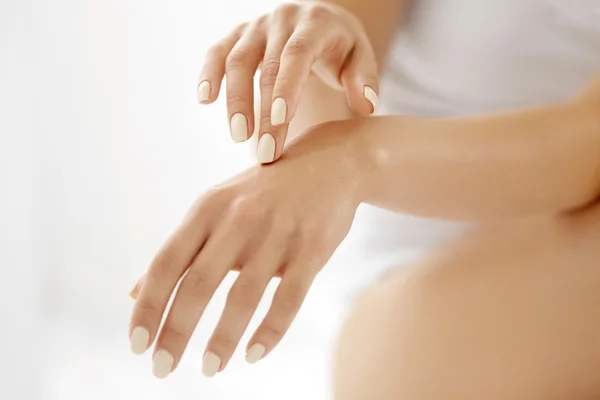
Preparing for Tan Removal
Gathering necessary supplies: Before diving into tan removal, ensure you have all the essential supplies at hand. Items like exfoliating scrubs, natural skin brighteners, moisturizers, and gentle cleansers are key.
Performing a patch test (especially for sensitive skin): Prioritize safety by conducting a patch test, especially if you have sensitive skin. Apply a small amount of the tan removal product on a discreet area and wait to check for any adverse reactions before proceeding.
Setting up a comfortable workspace: Create a relaxing environment for your tan removal session by setting up a comfortable workspace. Choose a well lit area with ample room to move around, allowing you to focus on the task at hand without distractions.
Natural Remedies for Tan Removal
Experience the power of natural remedies with these effective tan removal methods
Lemon juice and honey mask
Harness the brightening properties of lemon juice combined with the moisturizing effects of honey to lighten tan lines.
Aloe vera gel application
Soothe and heal sun exposed skin with the cooling sensation of aloe vera gel, known for its rejuvenating properties.
Cucumber and yogurt paste
Refresh tired skin with a blend of cucumber and yogurt, renowned for their hydrating and calming qualities, leaving you with a radiant complexion.
Potato juice treatment
Utilize the natural bleaching properties of potato juice to fade stubborn tans and even out skin tone effortlessly.
Tomato pulp mask
Rejuvenate your skin with the antioxidant-rich goodness of tomato pulp, which helps in reducing tan and restoring your skin’s natural glow.
